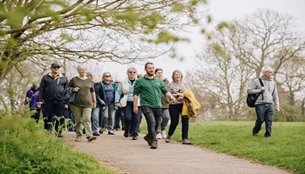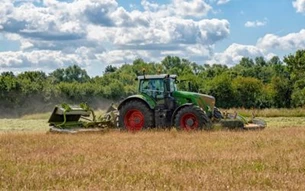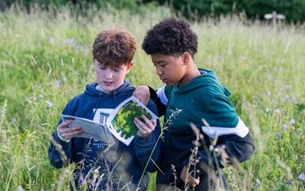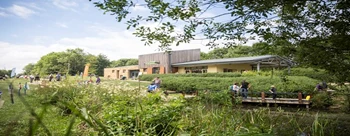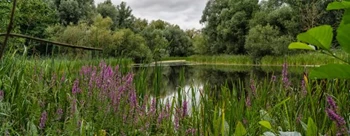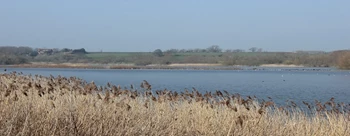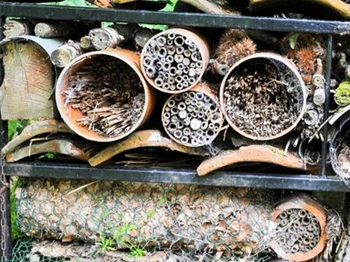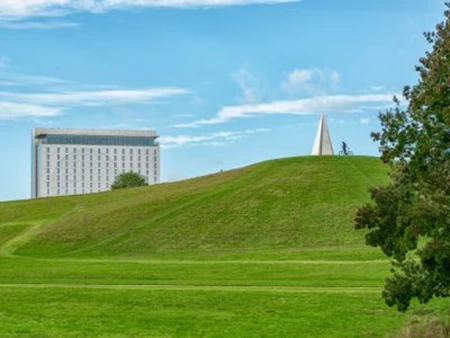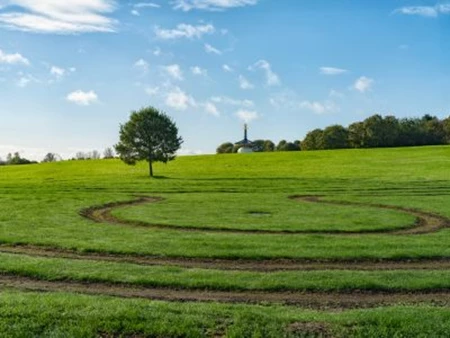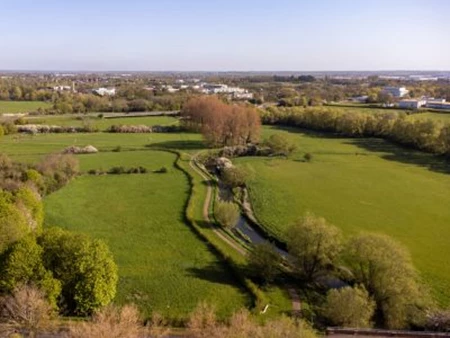Wildlife Refugia
The Parks Trust strives to improve habitats in the parks that we care for across Milton Keynes
Habitat destruction is a key reason why many species of wildlife are declining in the UK, so restoring or creating areas where wildlife can thrive is essential to help increase biodiversity within our parks and Milton Keynes as a whole. Part of this involves creating undisturbed islands of mini habitat in the landscape, such as wildlife refugia.
In delivering our Biodiversity Action Plan, examples of our projects include:
- Stump gardens, bug hotels, hibernacula, and dead wood piles: Some of the species that benefit from these areas are amphibians such as newts, small mammals like shrews, beetles, and fungi.
- Nest boxes: Primarily for birds and bats, nest boxes provide a haven in young landscapes before natural nest sites develop.
- Standing deadwood: Similar to the stump garden, but also often used by bats and birds
- Wood chip log piles: These are great for insects, amphibians, and reptiles such as great crested newts and grass snakes
- Restoring woody habitat back into rivers and streams: to help provide shelter for fish and invertebrates in fast flowing flood conditions
- A fish bypass at Stony Stratford: This was built to increase the ability for fish to move safely upstream and avoid the weir.
Our Biodiversity Team works closely with our Landscape Management Team and volunteers to carry out this work, but we rely on the public to help protect and respect these habitats so wildlife can live and breed. Please help us to protect these areas by keeping dogs away from them and leaving them undisturbed.

